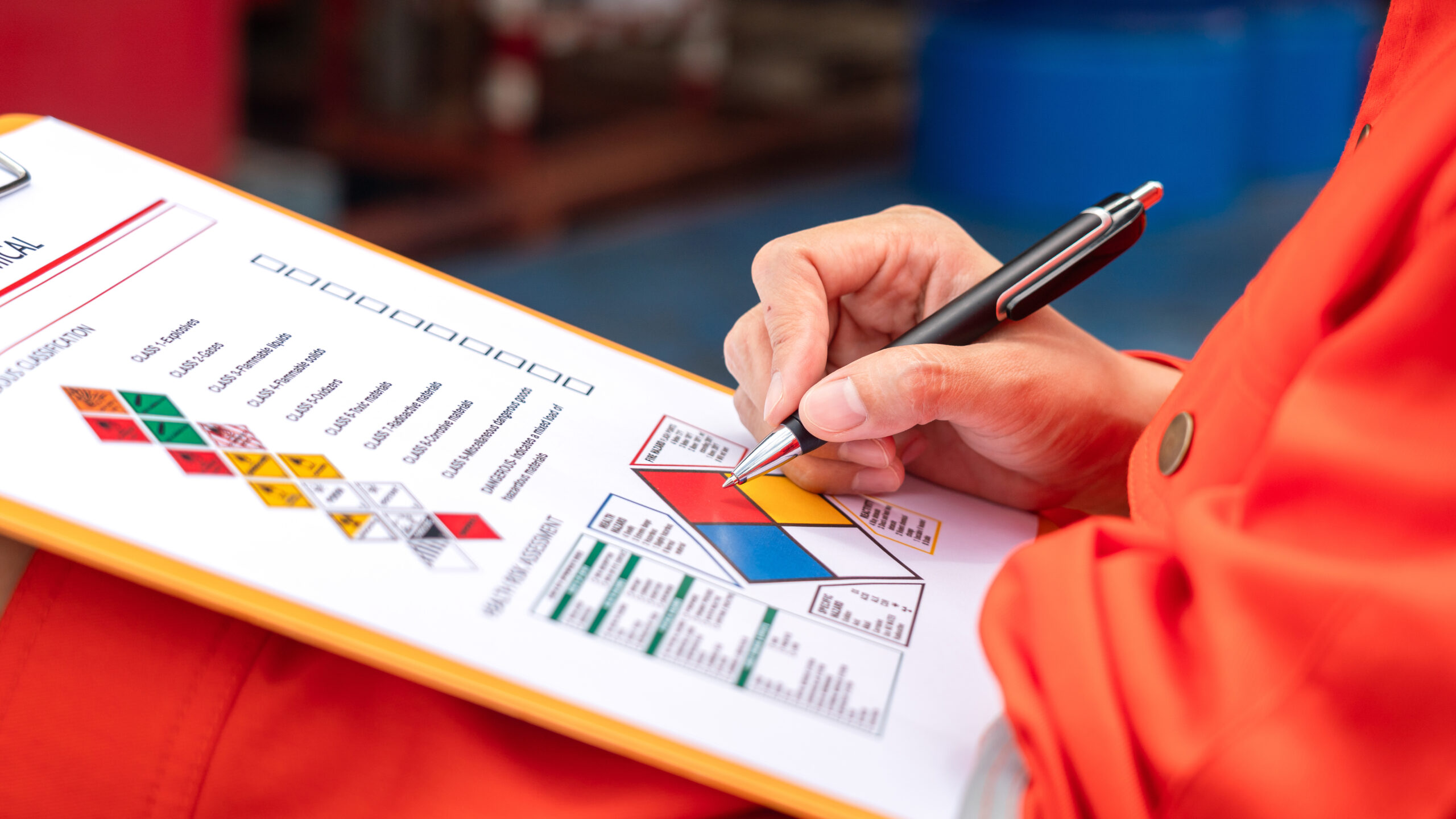EU Chemical Safety Report Highlights Progress and Challenges in Safer, Sustainable Chemicals Transition
On April 17, 2024, the European Environment Agency (EEA) and the European Chemicals Agency (ECHA) published a joint report. This essential overview provides insights into progress and challenges in the EU’s transition to safer and more sustainable chemical safety practices. The report identifies successes in some sectors and highlights areas needing further action.
The Current State of Chemical Safety in the EU
The report by EEA and ECHA, published on April 17, 2024, provides a comprehensive benchmark for understanding the current landscape of chemical use within the EU. It reveals that although some sectors have made progress in reducing risks from hazardous chemicals, others are just beginning to address these critical issues.
Authorities have significantly improved the scrutiny of industrial chemicals, enhancing their understanding of the hazards involved. This increased knowledge has led to targeted actions to minimize and control risks, particularly concerning substances that are carcinogenic, mutagenic, and reprotoxic (CMR). Progress is evident, but benchmarking results emphasize that much work remains. Reducing the impacts of harmful substances on human health and the environment is still a priority.
Key Challenges Highlighted
The report draws attention to several key challenges:
- Substances of Concern: Although the use of carcinogenic, mutagenic, and reprotoxic (CMR) chemicals is still growing, its rate of growth is slower than the overall chemicals market. This reflects growing pressure to avoid substances of concern and to apply the principles of safe and sustainable design.
- Consumer Safety: Consumer products must be effectively monitored. They must not contain chemicals that disrupt endocrine systems, persist in the environment, or are bioaccumulative and toxic.
- Data and Information Needs: More comprehensive data is needed to understand the exposure and impacts of harmful chemicals on both humans and the environment. Despite this gap, it is clear that the shift to safer and more sustainable chemicals must accelerate.
- Waste Management and Circular Economy: The transition to a circular economy is hindered by limited progress in eliminating substances of concern from waste and secondary materials.
Monitoring and Accelerating Progress for Chemical Safety
The report uses 25 key indicators to regularly monitor the drivers and impacts of chemical pollution in Europe. An online dashboard provides access to these indicators, which are designed to measure the effectiveness of European chemicals legislation.
Key observations from these indicators include:
- Emissions Reduction: Specific EU regulations and international actions have led to a decline in chemical emissions to air and water. However, further measures are necessary to minimize harmful concentrations that affect human health and the environment.
- Human Biomonitoring: This tool offers valuable insights into human exposure to multiple chemical sources. It provides a way to measure how well chemical legislation is protecting human health and the environment.
Moving Forward
The EU’s Chemical Strategy for Sustainability (CSS) provides a clear vision for tackling chemical pollution. Its goals include fostering innovation for safe and sustainable chemicals, strengthening protections for human health and the environment, and simplifying the legal framework for chemical regulation. The EEA, ECHA, and the European Commission have created key indicators to support this strategy, allowing for evidence-based policy making.
Explore our blog for more info on Chemical Safety and environmental compliance updates worldwide:
Many regions worldwide have introduced new standards and regulatory updates to promote safer chemical practices. For more information on measures being taken, check out these articles on our blog:
These insights will help you stay informed about the ongoing efforts to improve chemical safety globally.
